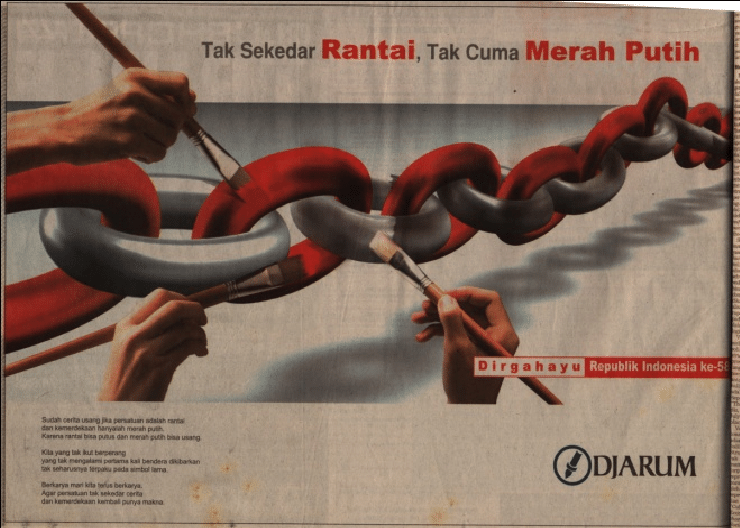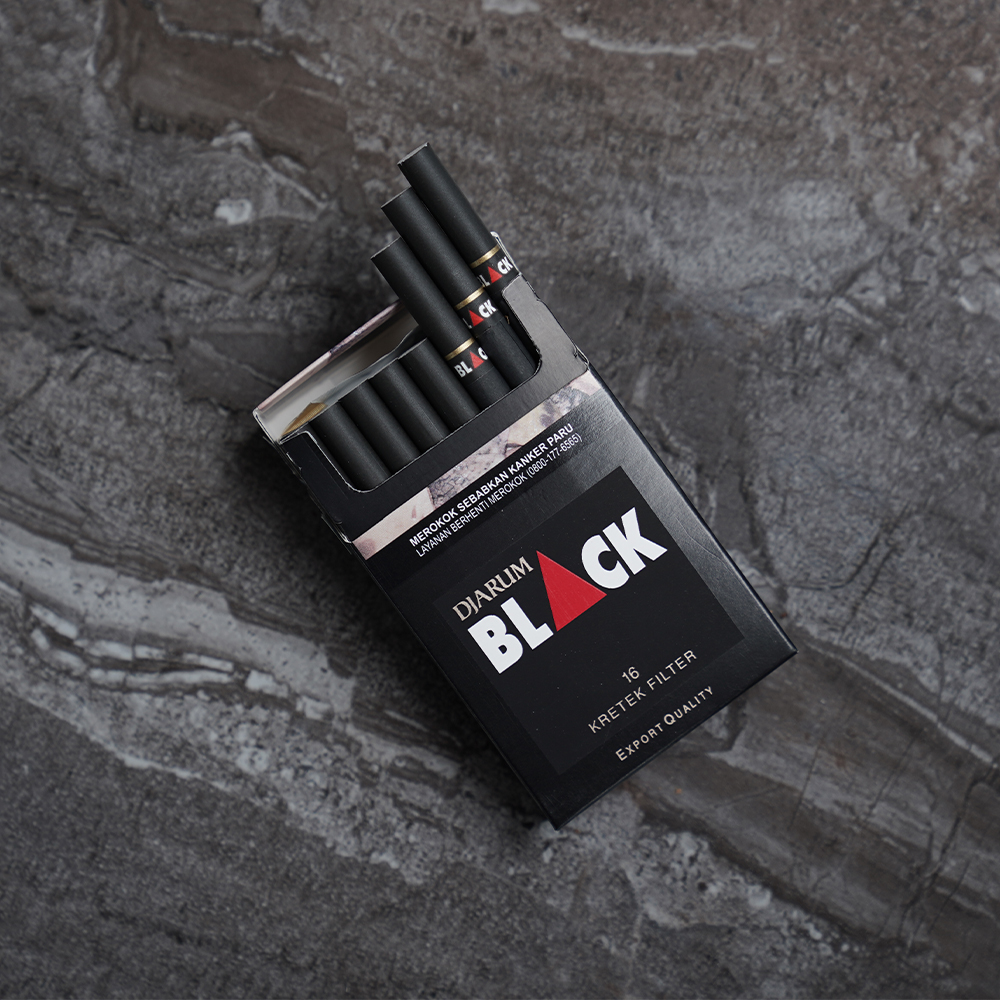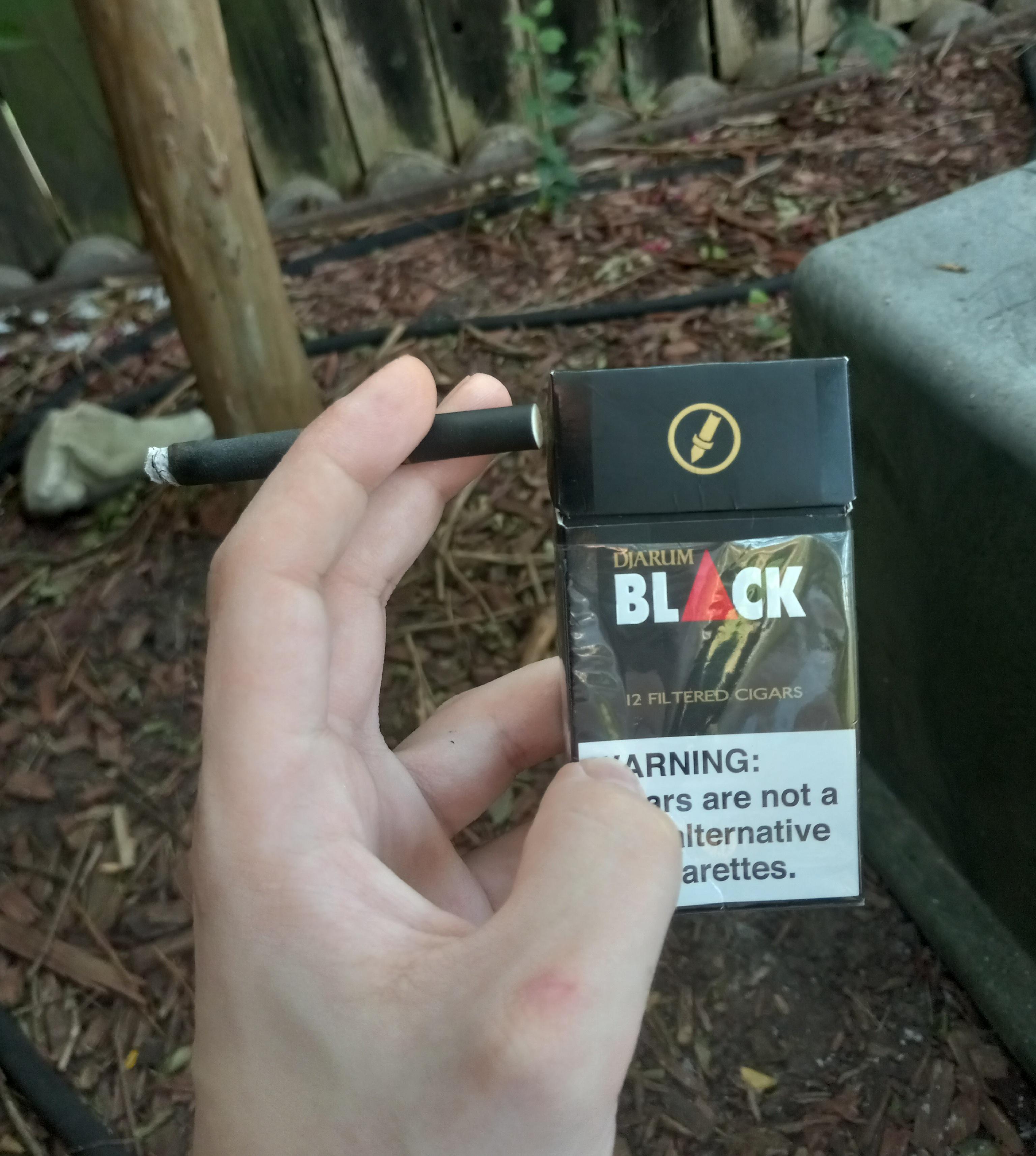How Djarum Built a Cult Following Without Ads, And What Web3 Can Learn From It
By the start of the 21st Century, cigarette advertising in the United States was effectively dead. The Marlboro Man had ridden off into the sunset. Camel Joe was taken behind a barn and shot. With federal bans on television ads and billboards, and heavy restrictions on magazine spreads, cigarette companies were forced to radically change their approach or risk falling into obscurity.
Enter Djarum, an Indonesian company known for their kretek, or clove, cigarettes. When they entered the US market, they realized that the odds were not in their favor at all. Well established brand names, no traditional advertising channels, no national campaigns, no celebrity endorsements, and yet, Djarum Blacks still managed to blow up.
But how?


A Cigarette as a Fashion Statement
Instead of chasing the ad strategies of legacy brands, Djarum let its product speak for itself. Djarum Blacks didn’t look or feel like any other cigarette on the US market. They were jet black, with a slight sheen to them. The clove in the tobacco mix would crackle as it burned, giving off a distinct noise when you smoked. They smelled and tasted sweet, like a combination of clove and vanilla. They were unique, and more importantly, unmistakable.

It wasn’t just a smoke, it was an experience, fashion accessory, and statement piece all rolled into one neat and tidy jet black little package. If Marlboro was for cowboys, Djarum Blacks were for goths, ravers, poets, and art students. For people who wore black lipstick and Doc Martens. For those who viewed what Marlboro stood for as the antithesis of their being.
There was no ad campaign. No product placement. But if you stepped into any underground club or alt coffee shop in the early 2000s, you'd be sure to catch a whiff of clove in the air.
Organic Growth Through Subculture
What Djarum did was infiltrate a niche, placing themselves into the center of one of the most tight knit, expressive, and aesthetically driven communities in the US. Their product oozed character, and the people in those scenes could see that. They didn’t just smoke a Djarum Black, they made it a part of their identity.

The marketing wasn't a push, but a pull. Zines, internet forums, and word of mouth would go on to spread the gospel of Djarum. They became the cigarette of choice for the othered, and they loved it.

Even when flavored cigarettes were banned in the US in 2009, Djarum adapted. They rebranded their product as a “filtered clove cigar,” a legal workaround, and managed to preserve their cult status.

Lessons for Web3 Builders
So what does a black cigarette have to do with web3?
Everything.
Djarum’s rise in the US market wasn't powered by a massive paid marketing push. It was based on taste, identity, and community; the same pillars that drive successful Web3 projects today. What we can take out of Djarum’s playbook are many, but some highlights are:
- Identify a niche. Don't appeal to everybody, only everybody who matters.
- Build your aesthetic. Your visuals, tone, and product experience should stand out instantly.
- Let your product shine. A high quality product can stick around once the hype dies.
- Don't ask for permission to go viral. You don't need a billboard or a magazine spread, you just need that one thing that resonates with people.
- Let your community work for you. If you build something unforgettable, the right people will talk.
Last Thoughts
Djarum never begged for attention, and you shouldn’t either. They built a striking sensory rich product and let the people who gravitated to it help build it out.
In a world where noise is everywhere and attention is scarce, the brands who win are the ones who are also authentic, subversive, and who have a faint whiff of danger to them.
Djarum didn’t market like a cigarette company. Maybe your project should feel like something different as well.
.svg)